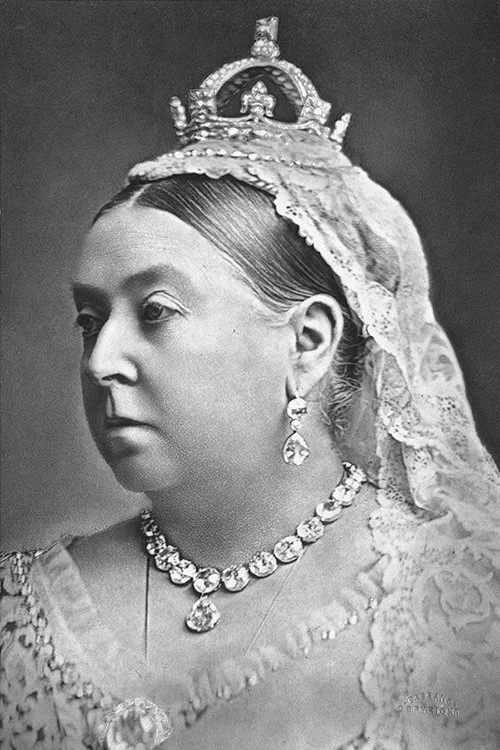The History of Jewelry
Jewelry has been a form of beauty and adornment that dates back to the beginning of civilization. Certain types of jewelry have been used to communicate rank and status in communities around the world for thousands of years.
Ancient Civilizations
When looking at the tombs in ancient civilizations like Ancient Egypt, The Incan Empire, and the Maya civilization, high ranking members in the community were buried with plethoras of gold jewelry and artifacts. In fact, the Egyptian Museum in Cairo officially houses the largest collection of gold and jewelry in the world. No surprise there!
Turning precious metals, like gold, into jewelry has been a highly valued trade that may predate the history books.
Stunning ancient diadems, necklaces, and pendants have also been discovered throughout tombs in Crete, Greece, Turkey, and throughout the Middle East. This was clearly a tradition that was passed from civilization to civilization for thousands of years.
The Medieval Years
Jewelry made during the The Medieval time period of 1200 to 1500 was innovative, regal, and almost untouchable. Some of the most respected jewelers came out of this time period while creating historic pieces for royal families throughout Europe. In fact, this tradition still carries on today.
During this time, jewelry was largely seen as a status symbol. The wealthy and royal members of society wore precious metals, like gold and silver, while the lower class members wore base metals of much lesser value, like copper and bronze.
Precious gemstones became very popular at this time and were used to decorate crowns, tiaras, crosses, and more. Pearls were largely adopted into religious jewelry craftsmanship to symbolize purity.
Global Trade Expansion ~ 1700s
The expansion of global trade during the 1700s allowed gemstones and metals to become available to a larger portion of the world’s population quite quickly. Global trade increased the spread of knowledge in every sector, including cutting and metal working techniques.
It was very much on trend at this time to wear large, ornate necklaces that went along with dramatic fabrics and gowns. It was popular for artists to paint and glaze jewelry to add color to the metals.
Diamonds! ~ 1800s
At the start of the nineteenth century, diamonds were front and center in the jewelry industry. Fashion veered away from painted enamels and grew an interest with diamonds. The infatuation with diamonds really came from an improvement in diamond cutting which created a never before seen sparkle.
Unfortunately, not many of the diamond creations from this time are around anymore because of the diamond resale value. Many of the owners of these original pieces sold their diamonds or redesigned them into more current designs.
The Industrial Revolution and Machinery ~ 1900s
As most of us know, the industrial revolution of the 1900s evoked a seismic shift in the way most products were made, including jewelry. Another significant change that took place during this time was the increase in archaeological discoveries. Some of the biggest discoveries in the 1900s were the discovery of Machu Picchu, the Minoan Civilization, The Tomb of Tutankhamun, The Dead Sea Scrolls, and The Terracotta Warriors.
These discoveries impacted the world because the history, art, and traditions of these civilizations, in many cases, had never been seen before. Jewelry makers became inspired by these discoveries and began creating jewelry that paid homage to the findings of these ancient civilizations.
Much of the jewelry made in the 1900s was nostalgic, harping back to a previous time. There was also an interest in Medieval and Renaissance jewels and trends.
Today’s Jewelry
Globalization, access, and technology, have created a huge increase in the diversity of the jewelry produced around the world. Jewelry is not seen as a marker of status anymore in most communities, but rather a way to express one's self. There are countless small jewelry makers in every community paralleled by family heirloom jewelry pieces that exist from hundreds of years ago.
Trends and ideas from each century can be seen in the jewelry that is created today. It’s a human artistic expression that has been practiced for thousands of years. It continues to innovate while referencing past ideas and artisans.





